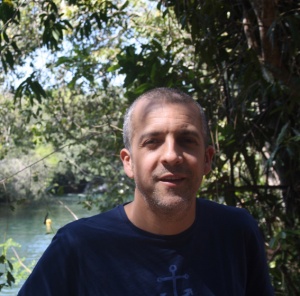Hilário, R.R., Carvalho, W.D., Gheler-Costa, C., Rosalino, L.M., Marques, T.A., Adania, C.H., Paulino, J.S., Almeida, P.M. & Mustin, K. (2021) Drivers of human-wildlife impact events involving mammals in Southeastern Brazil.
Science of the Total Environment,
794, 148600. DOI:10.1016/j.scitotenv.2021.148600 (IF2021 10,754; Q1 Environmental Sciences)
Annually millions of animals are killed as a result of human-wildlife impacts. Each year the NGO Associação Mata Ciliar (NGOMC), in Southeastern Brazil, receives and rehabilitates thousands of animals. We evaluated how natural and anthropogenic characteristics affect the risk of different types of human-wildlife impacts for mammals that arrive at the NGOMC; and explore the relationship between both the animal's size and the type of human-wildlife impact event, survival rates and the likelihood that these animals can be fully rehabilitated. To test our hypotheses regarding the drivers and consequences of the total number of human-wildlife impact events, traffic collisions, electrocutions, and requested removals, we used records of the mammals that arrived at the NGOMC between 2012 and 2018, and obtained data on environmental attributes and anthropogenic factors at the municipality level, as well as species weights. The total number of human-wildlife impact events and of requested removals were both positively correlated with deforestation rate and urban area. The number of traffic collisions was positively related to the number of fires. Municipalities with larger urban areas were more likely to have at least one electrocuted mammal. Temporally, the number of fires two months before was positively correlated with the number of human-wildlife impact events. Traffic collisions and electrocutions more frequently resulted in the death of the animal, than did other events. Animals that died were heavier on average than those that remained in captivity or were successfully released back into the wild. We conclude that human-wildlife impact event rates should decline with lower rates of deforestation, less anthropogenic fires and the adoption of other specific measures to avoid both traffic collisions with fauna and electrocutions.

